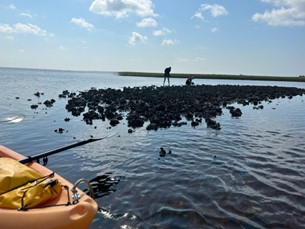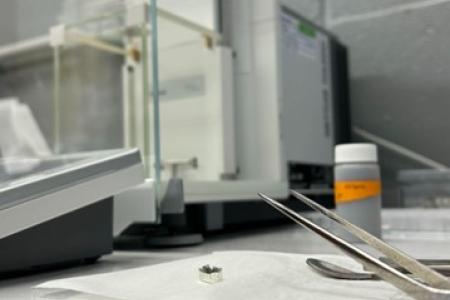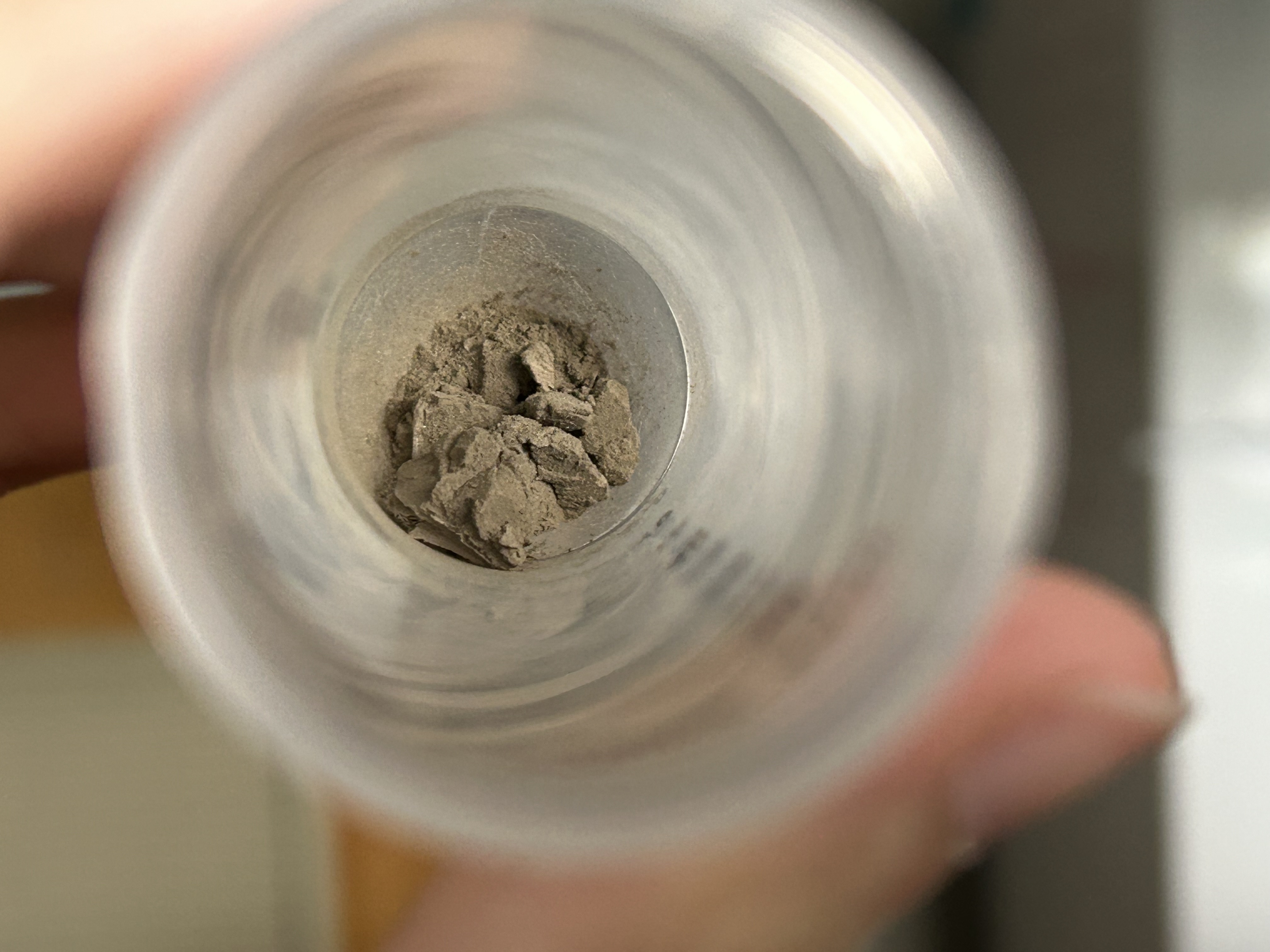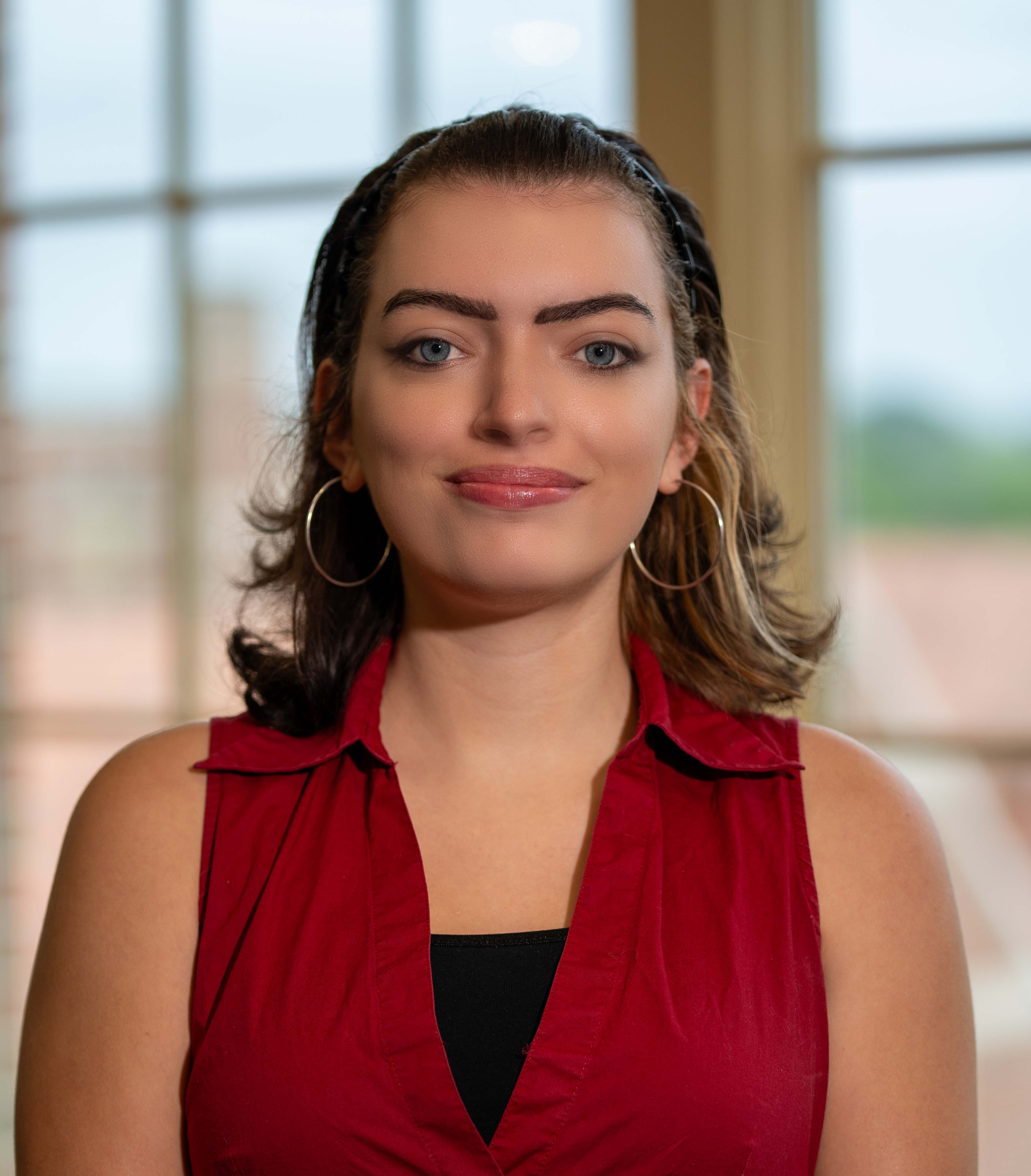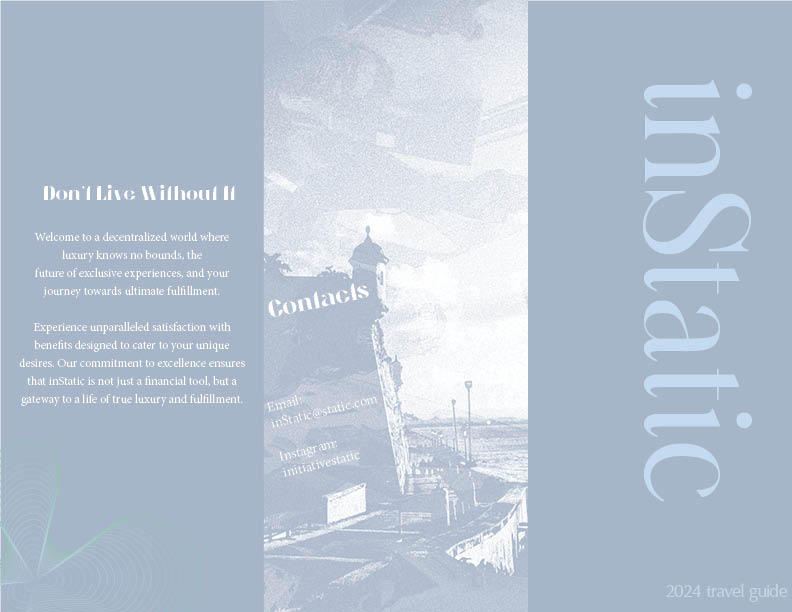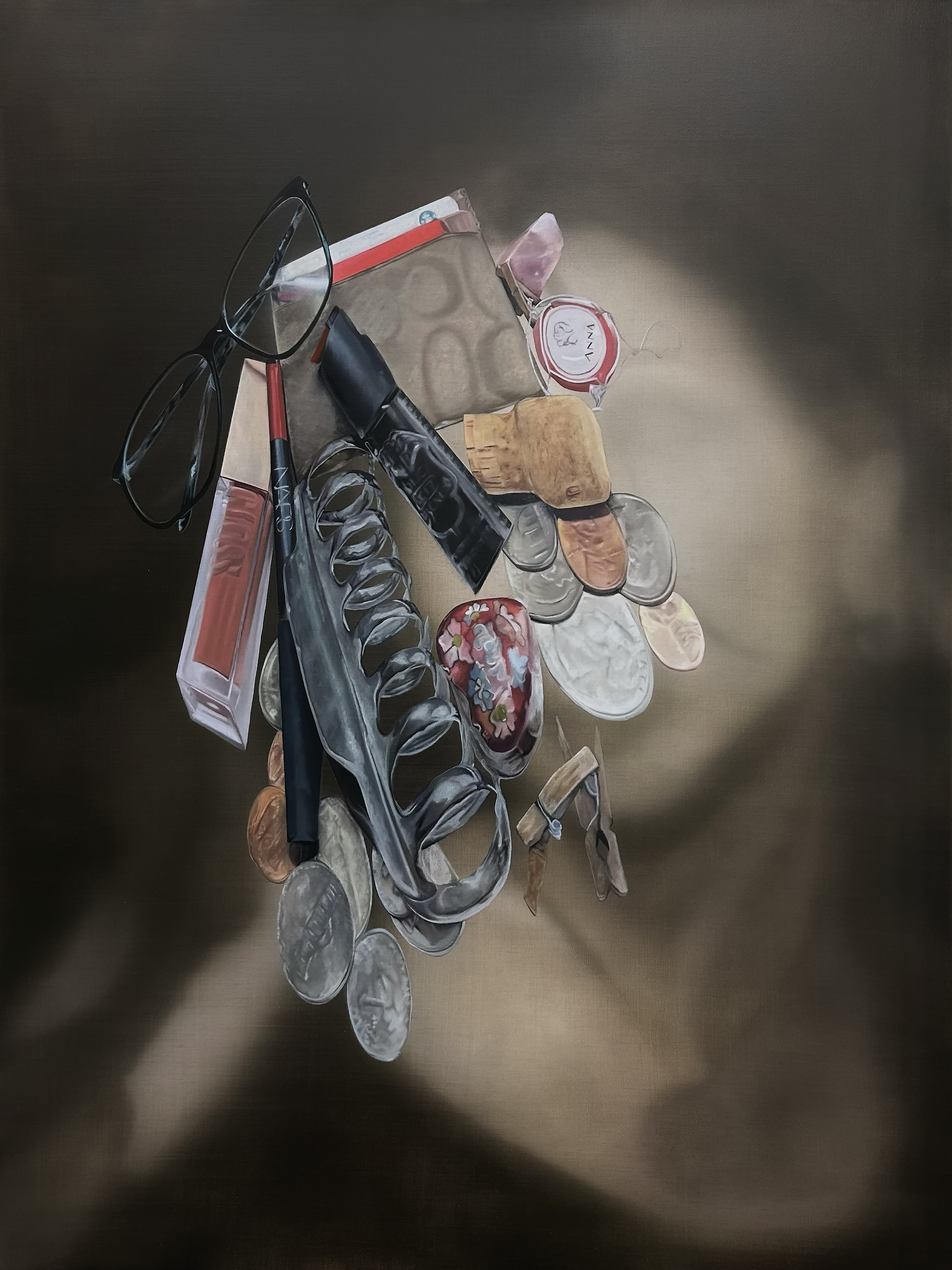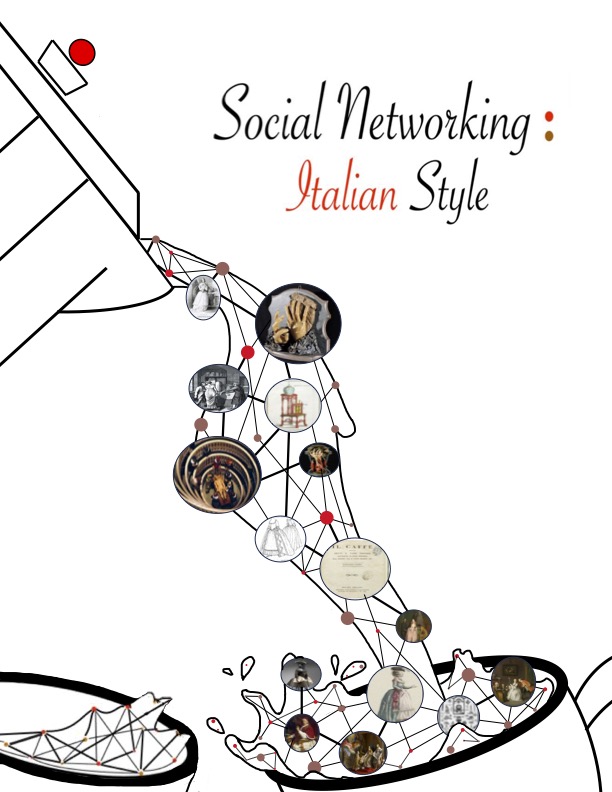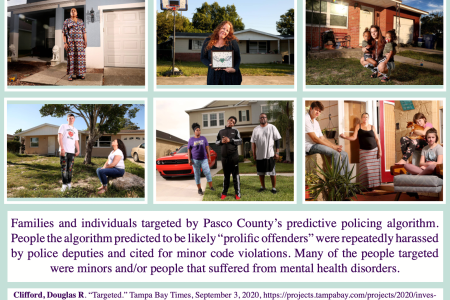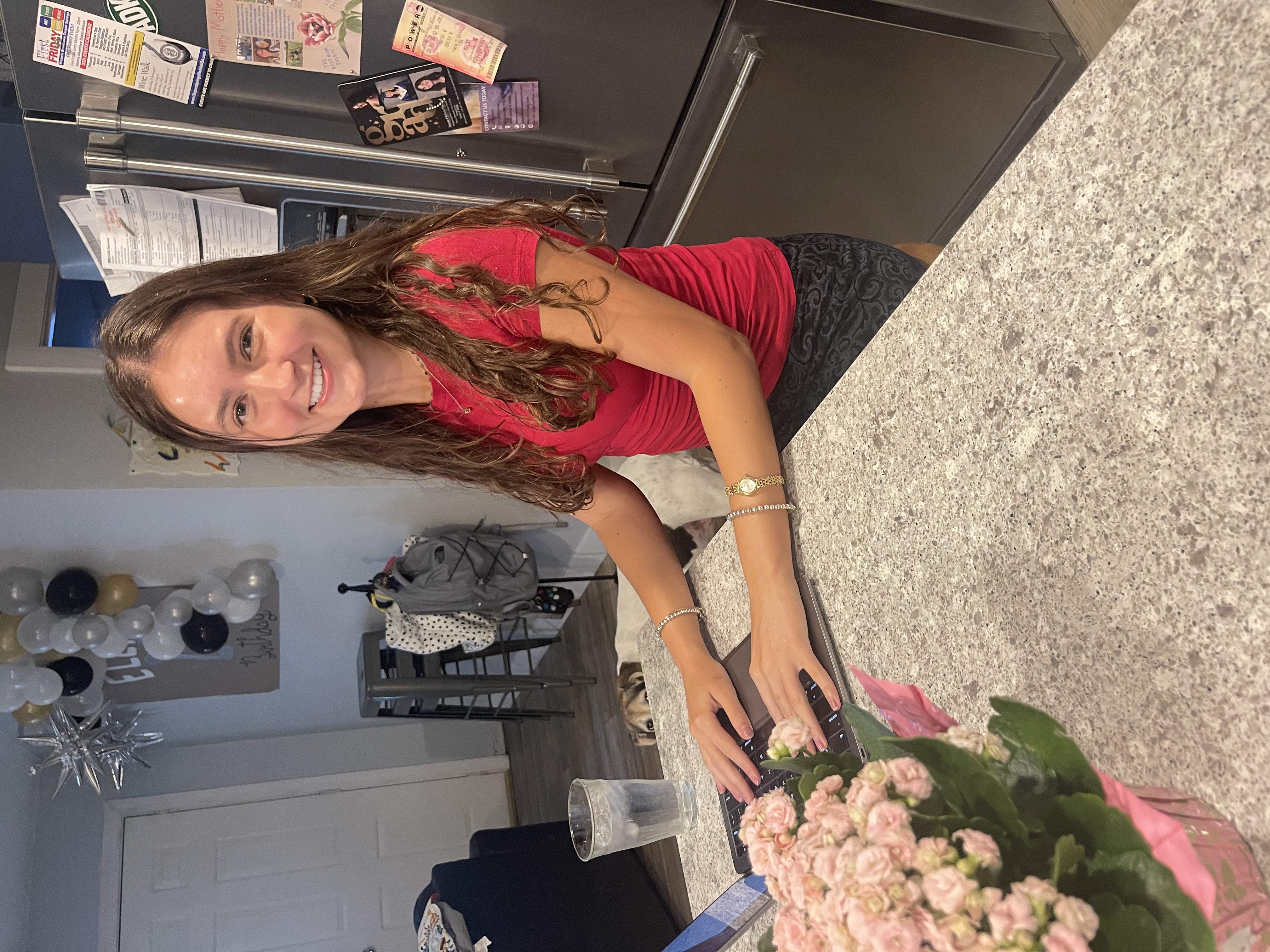President's Showcase
Erin Tilly she/her
Supervising Professor: Joshua L. Breithaupt
Erin Tilly is a fourth-year undergraduate student double majoring in Environmental Science and Biology. She has spent the past two years working in the Breithaupt Biogeochemistry lab at the Florida State University Coastal and Marine Lab studying the condition and sediment composition of intertidal oyster reefs in Franklin County, FL. During her time at FSU, Erin became a member of the Gulf Scholars program and presented her work at the 2024 ACC Meeting of the Minds and 2024 Apalachicola NERR Symposium. After completing her undergraduate education in the spring of 2025, she plans to pursue a master’s degree.
Abstract
Oysters are a keystone species that provide ecologic and economic benefits to coastal ecosystems and human communities. The Apalachicola Bay oyster population began declining in 2012, leading to a fishery closure in 2020. Causes of the decline are debated, but alterations in the timing and flow of the Apalachicola River decreased the transport of terrestrial organic matter from the floodplain to the estuary, likely altering sources and quantity of food available to the Bay’s oysters. This study surveyed intertidal reefs at 5 sites along 80 km of the coast to evaluate differences in the elemental and isotopic composition of sediment organic matter (SOM) as a proxy for oyster diet composition. Results indicated significant differences in SOM abundance, ranging from 13% in AH to 31% in EC. Mean C:N varied minimally across sites except for EC, ranging from a low of 5:1 in EC to a high 7:1 in CR. The δ13C values suggested a mostly terrigenous source in IL with a low of -23‰ and a stronger marine, salt marsh or seagrass influence at PC with a high of -17.6‰. Overall, these findings indicate that these sites do vary in SOM abundance and composition, but additional work is needed to tease apart whether this is due differences in the source of the material or post-depositional degradation processes. These results describing the composition of SOM on reefs are being compared with additional physical and biological reef characteristics to determine whether SOM differences are indicative of differences in oyster health and abundance.
Presentation Materials
Project Documents and Links
Gladine Lamarre She/Her
Supervising Professor: Dr. Steven Zane
Gladine Lamarre is a dedicated senior at Florida State University, pursuing a dual degree in Political Science and Criminology. As a first-generation Haitian-American from Port St. Lucie, FL, Gladine has navigated her academic journey with a deep commitment to social justice and reform. Her ambition to attend law school is driven by a passion to effect meaningful change in underrepresented and overlooked areas of society. Gladine's research experience has been instrumental in shaping her understanding of contemporary societal issues, laying a strong foundation for her future endeavors. Through her work, she aims to contribute to transformative solutions and advocate for justice and equity.
Abstract
Solitary confinement, a practice with roots in the late eighteenth-century U.S. prison system, has evolved significantly over time. Initially intended to foster prisoner rehabilitation through isolation and reflection, it has faced increasing scrutiny due to its severe mental health impacts. This proposal seeks to systematically review the historical and contemporary debates surrounding solitary confinement and its contributions to recidivism and secondary outcomes such as: psychological effects and societal implications. Historical critiques by figures like Charles Dickens and Alexis de Tocqueville, along with modern critiques from scholars and legal cases, highlight the enduring concerns about its efficacy and human impact. The research hypothesis posits that solitary confinement significantly influences the likelihood of reoffending, with key factors including its duration, demographic variables, and rehabilitative opportunities. By analyzing literature from 1990 to 2023, this review aims to bridge gaps in understanding the broader societal and individual consequences of solitary confinement. The study will use a comprehensive search strategy to include both published and unpublished sources, with a focus on the psychological, social, and economic impacts of prolonged isolation. Insights from this research are expected to inform more humane correctional practices and contribute to discussions on reforming solitary confinement policies.
Presentation Materials
Project Materials
Project Documents and Links
Sophia Jusino She/her
Supervising Professor: Denise Bookwalter
Sophia Jusino, an artist based in Florida and currently residing in Tallahassee, is pursuing a BFA in Studio Art at FSU, focusing on graphic design and advertising graduating spring 2025. Her versatile practice encompasses various mediums such as Illustrator, Photoshop, printmaking, woodwork, metal sculpture. Sophia's artistic vision revolves around merging digital and 3D elements, with a primary focus on critiquing social-political issues through popular culture and media.
Abstract
This creative research project explores the commodification of happiness in advertising through a satirical art campaign for a fictional company. The project relies heavily on viewer interaction, using irony and absurdity to critique the deceptive practices of modern advertising, particularly the exploitation of socio-political issues for profit. The campaign invites viewers to engage with its interactive elements, including QR codes that lead to a website and social media accounts, immersing them in a provocative narrative that mirrors real-world consumer culture. This engagement is crucial, as it encourages the audience to actively question the ethical implications of their consumption habits and the broader environmental impact of overconsumption. By positioning viewers as participants rather than passive observers, the project aims to provoke a dialogue about the role of advertising in shaping societal values and behaviors. The goal is to advocate for a shift towards more responsible and sustainable marketing practices, using art as a catalyst for change. This work not only critiques existing advertising norms but also offers a new perspective on how creative art can influence the future of consumer culture, emphasizing the importance of conscious and ethical consumption.
Presentation Materials
Project Documents and Links
https://www.instagram.com/initiativestatic
JP Romero Villalaz
Supervising Professor: Z. Leo Liu
JP is a senior majoring in biomedical engineering with a minor in Japanese language, from the Republic of Panama. He has been working in microfluidics and thrombosis research for a year under Dr. Leo Liu's tutelage and has experience in working with molecular biology and parasitology.
Abstract
Cardiovascular diseases, such as heart attacks and strokes, are the major causes of death in the US, accounting for 1/3 of deaths annually and causing an excessive economic burden of 10 billion USD per day. Acute arterial thrombosis is a process that causes rapid occlusion of stenotic arteries (e.g., the coronary artery and the carotid artery) and subsequently heart attacks and strokes. Recently, researchers including the Liu Group have developed bio-functional microfluidic devices as diagnostic tools for arterial thrombosis. These devices allow fast diagnosis and screening of patients with high-risk arterial thrombosis, which has the potential to be used as point-of-care devices to guide clinical decisions.
Existing manufacturing techniques for these devices based on photolithography are expensive and time-consuming, which leads to issues scaling up for mass production. Furthermore, photolithography techniques are limited to two-dimensional geometries and are difficult to apply to complex vascular geometries that are often patient-specific. The solution researchers propose is to implement the use of 3-D printing. 3-D printing can quickly prototype complex 3-D geometries with relatively low cost. One issue with this technique is that it enhances surface roughness due to relatively moderate resolution. To solve this issue, surface coating techniques have been strongly considered to improve surface quality in various applications.
Presentation Materials
Project Materials
Project Documents and Links
Nicolina Morra she/her
Supervising Professor: Carrie Ann Baade
Nicolina Morra is a senior Studio Art major, with minors in Art Entrepreneurship and Italian Language. She is interested in material culture as well as associations with identity and memory through objects. Her work has been included in exhibitions at La Luz de Jesus Gallery, Thomasville Center for the Arts, and the Gadsden Art Center & Museum. Additionally, her work has been published in the Kudzo Review and SIX Magazine. She has interned for Il Bisonte Foundation in Florence, Italy, Professor Carrie Ann Baade, and is on the College of Fine Arts Leadership Council. She will be graduating with a Bachelor of Fine Arts in spring 2025.
Abstract
Handbags occupy a unique and important place in the lives of many individuals, serving as functional survival kits, precious objects, and intensely personal receptacles. In a world where violence against women, non-binary, and transgender individuals is an ever-present threat, the contents of these handbags—ranging from good luck charms and identity cards to self-defense tools like pepper spray and knives—reveal a profound interplay between self-expression and personal safety. This project examines how these everyday items contribute to a material 'portrait' of the individual, reflecting the balance between personal identity and the need for protection. Through a series of oil paintings, informed by interviews with individuals about their personal handbags, the project delves into the symbolism of these items and the complex dynamics they represent. The research integrates artistic exploration with academic insights from sociology and material anthropology, highlighting the tension between self-defense tools and personal artifacts. By blending surrealist and realistic techniques, this work provides a nuanced narrative of how individuals navigate societal pressures and assert their identities. Beyond a creative research endeavor, this project signifies a commitment to fostering dialogue and empathy on social issues, using art as a transformative tool for awareness and positive change.
Presentation Materials
Project Documents and Links
Colson Gantt she/her
Supervising Professor: Dr. Irene Zanini-Cordi
Colson Gantt is a junior from Tampa, Florida double majoring in International Affairs and French. After graduation, Colson plans to attend law school to pursue international law. She has always known she wanted to earn a degree in the social sciences because of her interest in politics and cultures. Colson studied abroad in Paris in summer of 2023 with FSU International Programs. During the 2023-2024 academic year, she worked as a research assistant for Professor Zanini-Cordi as part of the UROP program where she became interested in social network theory and 18th century sociability. Colson and her UROP team co-authored a pedagogical peer-reviewed article that will appear in the spring 2025 edition of the journal of Eighteenth-Century-Studies. With her team, Colson won an IDEA Grant to produce a podcast series on 18th-century Italian culture during summer 2024, an experience that helped hone invaluable research skills.
Abstract
A grand tour into the intricate networks of 18th-century sociability reveals the social connections that shaped the modern intellectual and cultural fabric of European society.
This IDEA Grant project continues our UROP research and podcast experience, which focused on how Italian Salonnières contributed to the Enlightenment. By developing the podcast series Sip and Connect: Social Networking Italian Style, we examine cultural components that shaped Italian Sociability during the eighteenth century and consider how they embodied Enlightenment Ideas. Our episodes explore the origins and growth of these innovative technological and cultural developments facilitated by social connections. We discuss topics like coffee culture, journalism, politics, early science, religion, fashion, social etiquette, art, and opera.
We researched these themes, interviewed experts, and drafted and edited scripts, culminating in our production of twelve podcasts over the summer. This series will be an integral part of an undergraduate course on 18th-century Italian Enlightenment and Sociability. In addition to our primary goal of helping students explore Enlightenment culture, we learned how to engage a broad public in intellectual topics in a conversational way and to utilize modern media to disseminate knowledge.
By considering the efforts of women artists, writers, and scientists in our podcasts, our contribution aims at reshaping the androcentric conversation on Italy's cultural and scientific development during the Enlightenment. Through the revision of our peer-reviewed Eighteenth-Century Studies article "Conversations That Shape Identity," we reflected on how these goals and outcomes related to the overall meaning of our pedagogical experience, concluding with the IDEA Grant.
Presentation Materials
Project Documents and Links
Ziya "Tina" Tian she/her
Supervising Professor: Dr. Xian Mallory
Tina is a senior pursuing dual degrees in Biological Science and Computer Science. She began her research journey by studying protein structures and interactions in the Mycobacterium tuberculosis divisome, but her interest in bioinformatics eventually led her to the Mallory group, where she develops computational tools to infer cancer phylogeny. Currently, her work integrates bulk and single-cell sequencing data to better understand cancer evolution. Upon graduation, she plans to pursue a PhD in computational biology, aiming to leverage her combined knowledge to tackle complex biological questions.
Abstract
Cancer is driven by somatic mutations that cause abnormal cell growth and replication. As the disease develops, new cancer cells inherit mutations from their parent cells and may gain new mutations that confer different characteristics, thus branching into distinct clusters of clones. This intra-tumor heterogeneity (ITH) necessitates an evolutionary approach to designing cancer treatment. Single-cell DNA sequencing (scDNA-seq) has greatly facilitated the computational reconstruction of cancer phylogeny; however, it can detect either single-nucleotide variations (SNVs) or copy number aberrations (CNAs) but not both simultaneously. Though it is possible to computationally reconcile SNVs and CNAs on a single phylogenetic tree using separate scDNA-seq data, performing scDNA-seq on two sets of cells is costly, especially for SNV detection. This project aims to develop a computational tool that can infer a phylogenetic tree using SNVs detected from traditional “bulk” sequencing and CNAs detected from scDNA-seq.
First, a phylogenetic tree is generated using single-cell CNA data, then SNVs are placed on the tree by comparing their variant allele frequencies (VAFs) with the sizes of CNA clones. Additionally, the SNV signals from clustered CNA cells will guide the placement of the SNVs. Cases where a SNV resides inside a CNA, the sampling bias between the SNV cells and the CNA cells, and the SNV read count fluctuation are also addressed. The results of this computational tool will reveal insights into the interplay between SNVs and CNAs in tumor growth and inform the development of cancer treatments.
Presentation Materials


